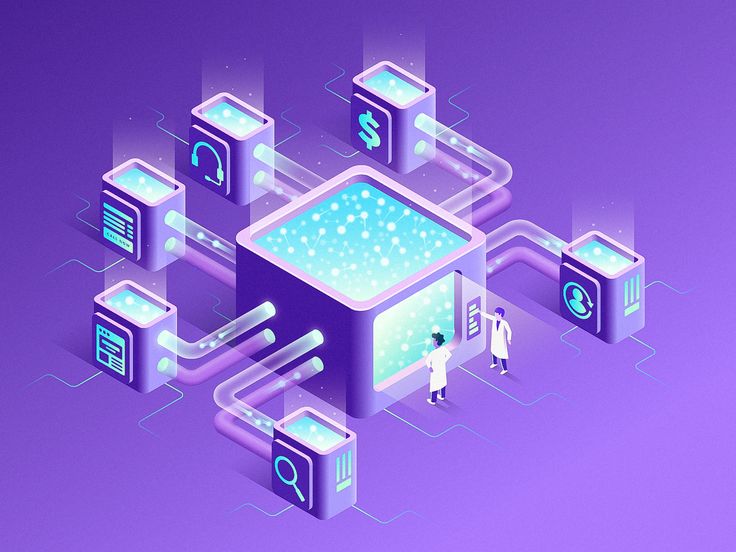In the era of data-driven decision-making, data science has emerged as one of the most in-demand and impactful fields across industries—from healthcare and finance to e-commerce and sports analytics. But with such a broad and evolving discipline, many aspiring professionals wonder: “How do I start learning data science, and how can I eventually master it?”
Whether you’re a student, a professional looking to switch careers, or a curious learner, this step-by-step guide will help you navigate your path from beginner to expert in data science.
Step 1: Understand What Data Science Is
Before diving in, it’s crucial to grasp the core of what data science involves. It’s the intersection of:
-
Statistics and Mathematics
-
Programming and Software Engineering
-
Domain Knowledge
-
Data Visualization
-
Machine Learning and AI
A data scientist extracts insights from raw data to solve real-world problems. Your job is not just to analyze data, but to tell a story with it and drive decision-making.
Step 2: Learn the Fundamentals
📘 Topics to Focus On:
-
Mathematics – Linear algebra, calculus, and especially statistics & probability
-
Programming – Start with Python (widely used in data science)
-
Data Handling – Learn about SQL, Excel, and how to manipulate data with Pandas and NumPy
📚 Recommended Resources:
-
Khan Academy for math basics
-
Python for Data Science Handbook by Jake VanderPlas
-
freeCodeCamp, Coursera, or DataCamp for structured courses
Step 4: Learn Machine Learning
Machine learning is a crucial part of mastering data science.
📘 Start with:
-
Supervised learning: Linear regression, decision trees, support vector machines
-
Unsupervised learning: K-means clustering, PCA
-
Tools: Scikit-learn, TensorFlow, PyTorch
Build small projects like predicting housing prices or customer churn.
Step 5: Develop Projects and a Portfolio
To stand out in the job market, create a portfolio of real-world projects.
Project Ideas:
-
Stock market trend analysis
-
Customer segmentation for marketing
-
Image classification using deep learning
-
Twitter sentiment analysis
Host your projects on GitHub and write blogs on Medium or LinkedIn explaining your work.
Step 6: Get Certified or Pursue a Degree (Optional)
While not mandatory, certifications and formal education can help structure your learning.
Popular Certifications:
-
IBM Data Science Professional Certificate (Coursera)
-
Google Data Analytics Certificate
-
Data Science Specialization by Johns Hopkins (Coursera)
-
Master’s in Data Science or related field (if you’re committed long-term)
Step 7: Join the Community and Stay Updated
Data science is rapidly evolving. Join forums and communities to stay sharp.
Communities:
-
Kaggle
-
Reddit’s r/datascience
-
Towards Data Science on Medium
-
LinkedIn groups and Discord communities
Step 8: Apply for Internships, Freelance, or Volunteer
Hands-on experience beats theory. Look for:
-
Remote internships
-
Freelance gigs on platforms like Upwork or Toptal
-
Contributing to open-source data projects
Step 9: Master Soft Skills and Specialize
To become a true master:
-
Learn to communicate insights clearly
-
Understand the business context behind problems
-
Choose a specialization like NLP, computer vision, or big data analytics
Final Thoughts
Mastering data science isn’t about rushing—it’s about consistent learning, practical application, and curiosity. The journey may seem long, but with the right mindset and roadmap, you can go from a complete beginner to a data science expert.

